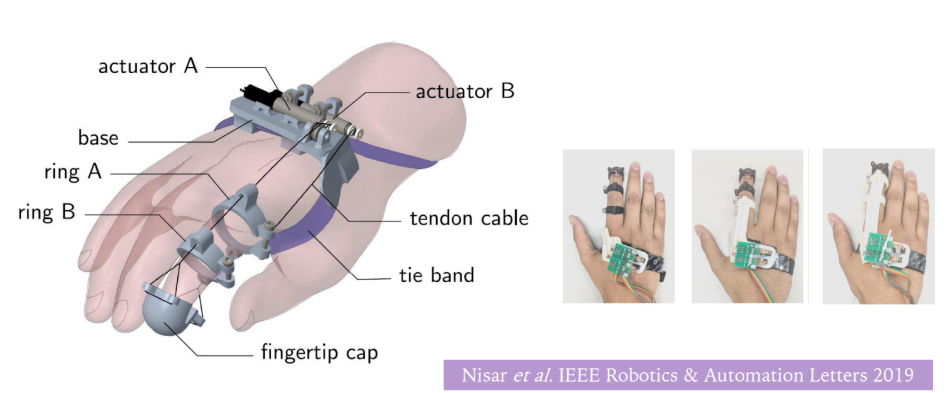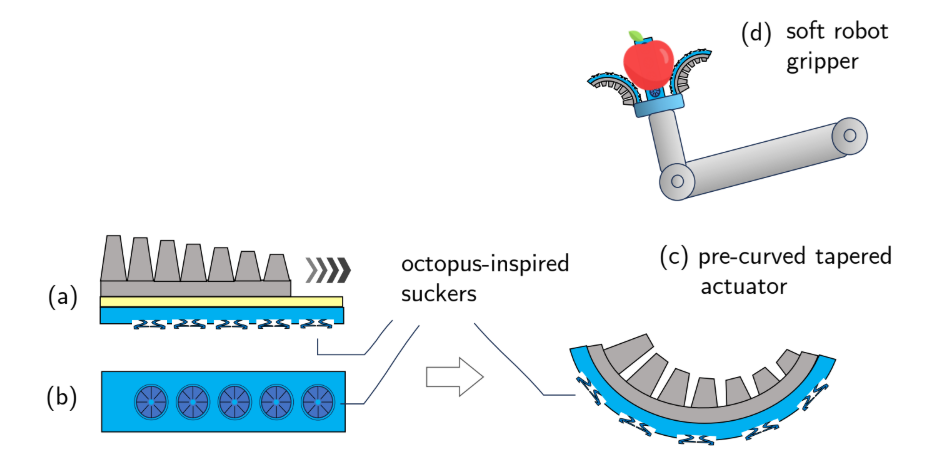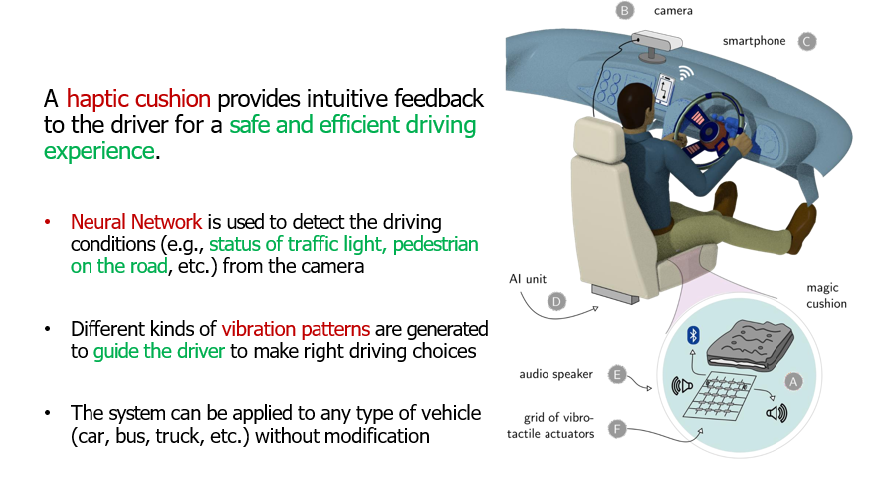Core Research Areas:
Robot Teleoperation & Smart Mechanisms
Our work advances minimally invasive robotic surgery through precise manipulators that offer remote-center-of-motion capabilities, intuitive laparoscopic tool changers, and immersive virtual reality simulators. Additionally, we innovate compact, energy-efficient linear motors, precision gearboxes, and foldable continuum actuators, supported by sophisticated model-based design tools and control electronics. These advancements aim to improve surgical accuracy, reduce patient recovery times, democratize access to advanced surgical training, and enable high-speed, high-precision robotics suitable for demanding applications.

Robots for Surgery
Core Research Areas:
Robot Teleoperation & Smart Mechanisms
Our work advances minimally invasive robotic surgery through precise manipulators that offer remote-center-of-motion capabilities, intuitive laparoscopic tool changers, and immersive virtual reality simulators. Additionally, we innovate compact, energy-efficient linear motors, precision gearboxes, and foldable continuum actuators, supported by sophisticated model-based design tools and control electronics. These advancements aim to improve surgical accuracy, reduce patient recovery times, democratize access to advanced surgical training, and enable high-speed, high-precision robotics suitable for demanding applications.

Robots for Surgery
Wearable & Kinesthetic Haptics
We design wearable haptic devices, including multi-directional force-feedback gloves, vibrotactile interfaces, and lightweight exoskeletons, to enhance sensory perception, accelerate motor learning, and support rehabilitation. These systems provide intuitive feedback that empowers users with enhanced control and interaction capabilities.

Haptic Technology and Wearable Exoskeletons
Wearable & Kinesthetic Haptics
We design wearable haptic devices, including multi-directional force-feedback gloves, vibrotactile interfaces, and lightweight exoskeletons, to enhance sensory perception, accelerate motor learning, and support rehabilitation. These systems provide intuitive feedback that empowers users with enhanced control and interaction capabilities.

Haptic Technology and Wearable Exoskeletons
Soft Robotics & Adaptive Grasping
Our soft robotics research focuses on developing versatile, compliant actuators and adaptive grippers capable of safely manipulating delicate and irregularly shaped objects. Utilizing pneumatic, tendon-driven actuators, and advanced learning algorithms, our systems can perform robust handling tasks across diverse applications, including medical, industrial, and domestic settings.

Adaptive Gripping Technology
Soft Robotics & Adaptive Grasping
Our soft robotics research focuses on developing versatile, compliant actuators and adaptive grippers capable of safely manipulating delicate and irregularly shaped objects. Utilizing pneumatic, tendon-driven actuators, and advanced learning algorithms, our systems can perform robust handling tasks across diverse applications, including medical, industrial, and domestic settings.

Adaptive Gripping Technology
AI-Powered Human Assistance & Mobility Support
We leverage artificial intelligence to create context-aware robotic systems that enhance human mobility and safety. Our solutions include haptic guidance systems embedded in seats, deep learning-based perception modules for autonomous navigation, and adaptive gait-recognition systems for intelligent prosthetics and exoskeletons, significantly improving the quality of life for users.

AI-Powered Human Assistance
AI-Powered Human Assistance & Mobility Support
We leverage artificial intelligence to create context-aware robotic systems that enhance human mobility and safety. Our solutions include haptic guidance systems embedded in seats, deep learning-based perception modules for autonomous navigation, and adaptive gait-recognition systems for intelligent prosthetics and exoskeletons, significantly improving the quality of life for users.

AI-Powered Human Assistance
